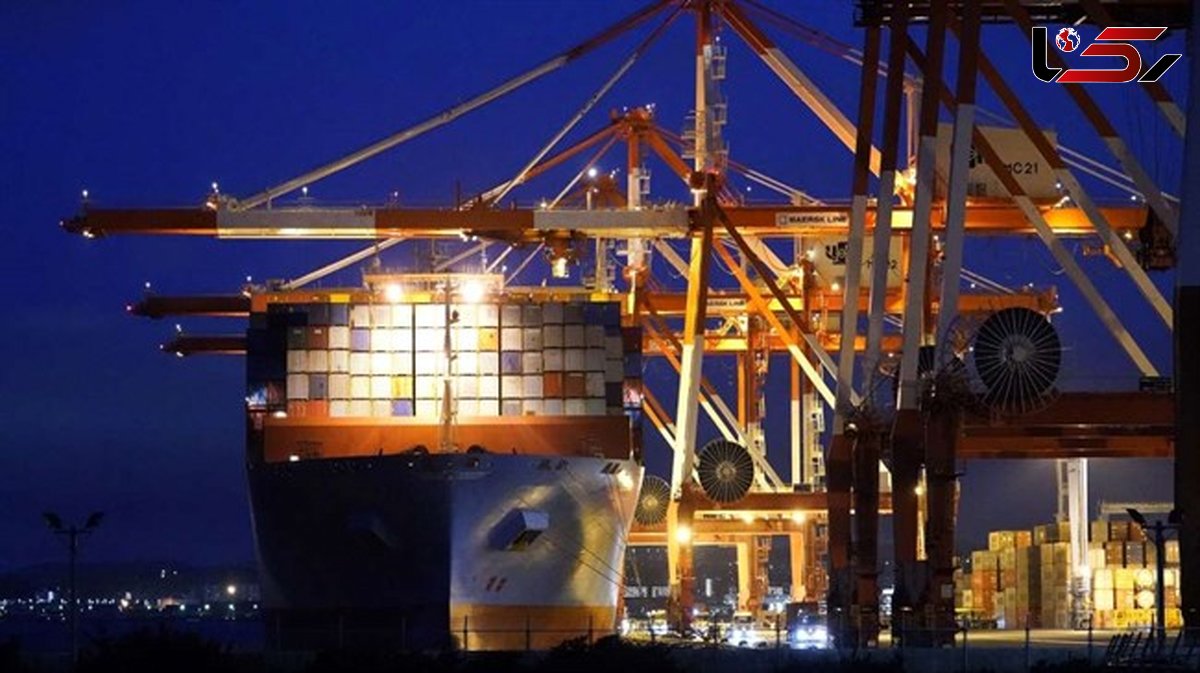Asia Pacific nations sign world’s biggest trade deal
Rokna:Asia Pacific nations including China, Japan and South Korea on Sunday signed the world’s largest regional free-trade agreement, encompassing nearly a third of the world’s population and gross domestic product.

Top officials from 15 nations that also include Australia, New Zealand and the 10 members of the Association of Southeast Asian Nations inked the Regional Comprehensive Economic Partnership, or RCEP — nearly a decade in the making — on the final day of the 37th Asean Summit hosted virtually by Vietnam, according to Bloomberg.
“The completion of negotiations is a strong message affirming Asean’s role in supporting the multilateral trade system,” Vietnamese Prime Minister Nguyen Xuan Phuc said ahead of the virtual signing ceremony. The agreement will contribute to “developing supply chains that have been disrupted due to the pandemic as well as supporting economic recovery,” he said.
A minimum of six Asean countries in addition to three non-Asean partners must ratify RCEP for it to come into force, Singapore’s Minister of Trade and Industry Chan Chun Sing told reporters following the signing. Singapore plans to approve the deal “in the next few months,” he said.
Supporters of the trade pact, which covers 2.2 billion people with a combined GDP of $26.2 trillion, said it will bolster pandemic-weakened economies by reducing tariffs, strengthening supply chains with common rules of origin, and codifying new e-commerce rules.
Among the benefits of the agreement include a tariff elimination of at least 92% on traded goods among participating countries, as well as stronger provisions to address non-tariff measures, and enhancements in areas such as online consumer and personal information protection, transparency and paperless trading, according to a statement issued on Sunday by Singapore’s Ministry of Trade and Industry. It also includes simplified customs procedures while at least 65% of services sectors will be fully open with increased foreign shareholding limits.
India exit
Negotiators pushed the deal across the finish line after India surprised participants late last year by abandoning the agreement. Prime Minister Narendra Modi said he pulled out over concerns about how RCEP would affect the livelihoods of Indians, particularly the most vulnerable. India, though, will be allowed to rejoin the trade pact.
“The clause allowing India to join at a later date is symbolic and shows China’s desire to build economic bridges with the region’s third-largest economy,” said Shaun Roache, Asia Pacific chief economist at S&P Global Ratings.
Malaysia recognizes the difficulties India is facing, Prime Minister Muhyiddin Yassin said in a speech on Sunday.
“Nevertheless, we wish to express our continuous support and welcome its accession to RCEP in the future.”
Whether RCEP changes regional dynamics in favor of China depends on the US response, experts said. The agreement underscores how US President Donald Trump’s 2017 decision to withdraw from a different Asia Pacific trade pact — the Trans-Pacific Partnership or TPP — diminished America’s ability to offer a counterbalance to China’s growing regional economic influence.
Biden’s challenge
That challenge will shift to President-elect Joe Biden if, as expected, he’s officially named the winner of the Nov. 3 election. Still uncertain is how the Biden team will approach trade deals and whether it tries to reenter the 11-nation TPP.
The RCEP signing comes as Southeast Asian nations experience uneven recoveries from the coronavirus pandemic.
Governments across the region have been negotiating travel lanes and bubbles in fits and starts as officials weigh health risks with economic needs. Malaysia, Indonesia, and the Philippines are among those still dealing with elevated virus caseloads, while Singapore and Vietnam have so far successfully prevented new outbreaks.
Japan is looking for the pact to be a catalyst for its post-coronavirus economy, Japanese trade minister Hiroshi Kajiyama told reporters on Sunday.
“Through the tariff removals, I believe there’ll be a major impact on improving Japan’s exports and making the region’s supply chains more efficient,” he said. “I strongly believe we are building free and fair economic rules through introducing new rules on data free flows and the banning of demands for technology transfers, as well as the protection of intellectual property.”
The agreement will make exports of participating countries more competitive and create an integrated market for China and regional nations, Singapore’s Chan said.
“Over the past years, there have been several ups and downs and it has certainly not been an easy journey,” he said. “At one point, the prospects of concluding the agreement were shaken by geopolitical and domestic preoccupations. We have all had to make difficult trade-offs to advance the negotiations.”
Iran Daily

Send Comments